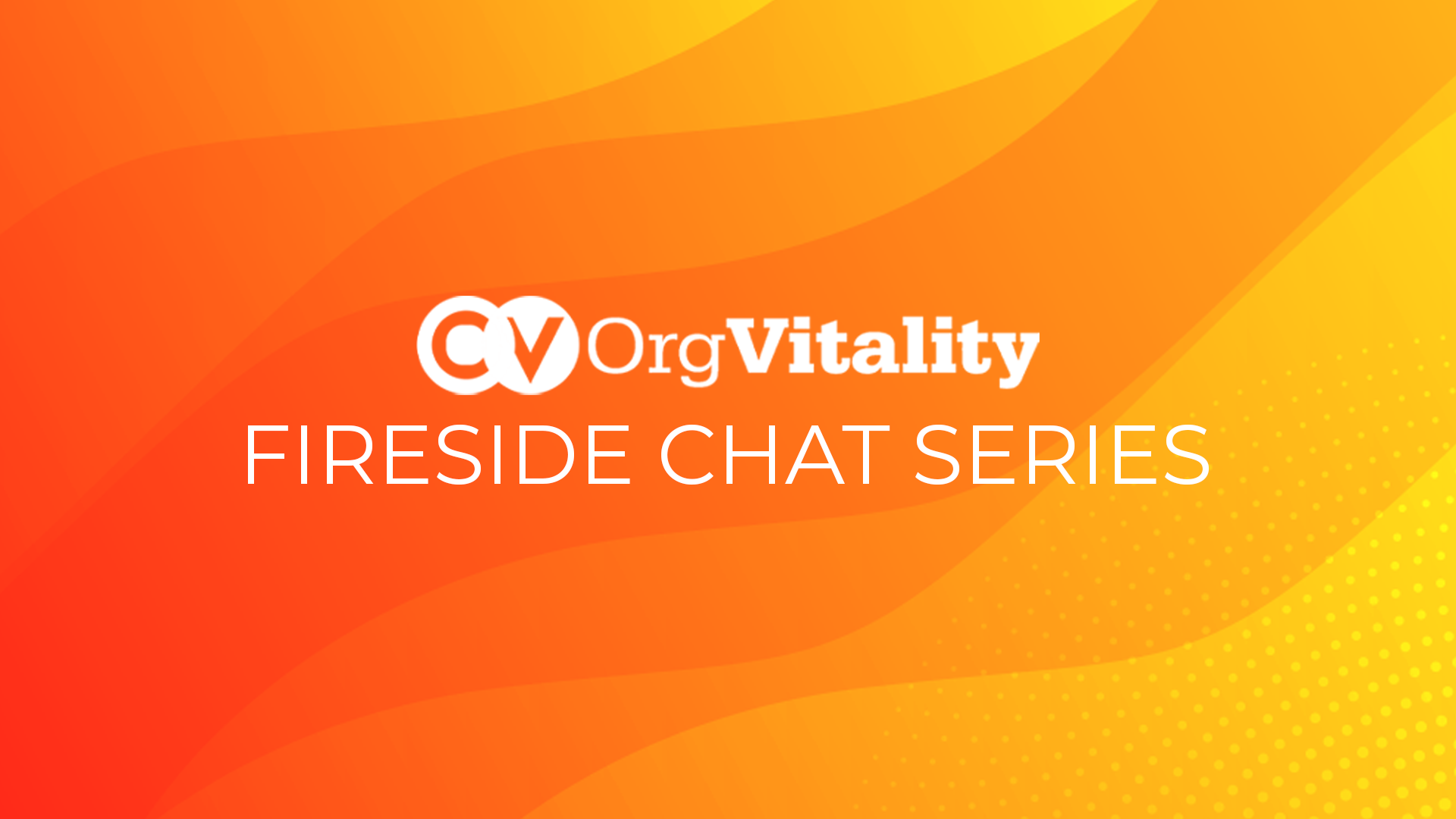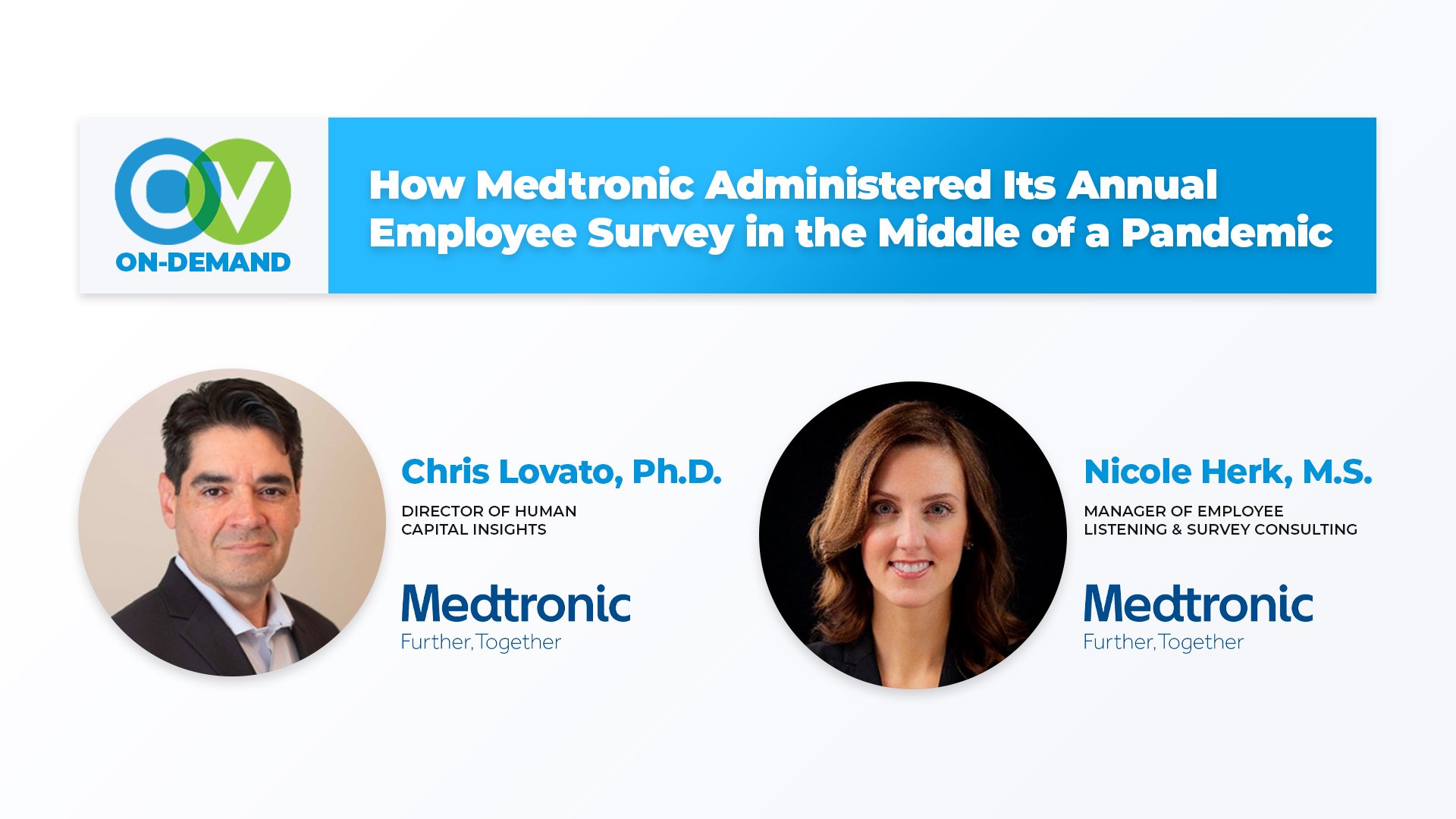
The global pandemic was an upheaval of everything; not just of work, school, or day-to-day life, but also of our core values and sense of safety.
Employee surveys provide us with concrete insights into how attitudes evolved during these chaotic couple of years. Many employers, eager to ensure their workforce’s wellbeing and safety, increased their use of pulse surveys during the pandemic. Many took advantage of our free suite surveys that offered organizations the opportunity to solicit feedback on everything from employee health and well-being to their ability to work remotely through their readiness to come back. As a result, we have a robust database of employee attitudes and opinions, helping us better understand the shifts that have occurred.
Looking at employee survey trends data from 2019 through 2021 and a few trends emerge: First, employee pride and confidence were high across the board in 2020.
This isn’t surprising, as in times of crises there tends to be a “rally around the flag,” effect, where people support senior leadership as long as leadership communicates clearly and seems to pivot effectively. This isn’t a measurement to take lightly; our research shows that organizations that score well on employee confidence tend to thrive better during times of crisis. In fact, scores were high across the board in 2020 despite the challenges faced by so many.
Yet the real troubling data came from the area of work-life balance, which remained at the bottom of all scores throughout the three years.
This can’t be blamed entirely on the pandemic, as it averaged just 64% favorable in 2019, compared with 71% in 2020 and 68% in 2021. These scores perhaps foreshadowed the Great Resignation that is grabbing media headlines and with good reason. Companies need to attract and retain the top talent in order to remain competitive. As the pandemic forced most people to reevaluate their priorities, work-life balance may remain low unless organizations adjust to a workforce that enjoyed more time with their families and less time commuting.
Scores in 2021 are returning to their pre-pandemic levels, suggesting that some of the good will garnered by leadership is wearing off as the “new normal” settles into place with workers returning to offices or adjusting to hybrid schedules.
Our advice to organizations is simple: Continue to survey your workforce to stay on top of the issues that are impacting your organization the most, with a continued focus on the work-life balance. Make sure dimensions include items on career development, recognition, and employee confidence.
Not sure where to start? Contact us to find out how we can help.
Author

Amanda focuses on business development, including creating branded content, managing special events, and working with clients to enhance their internal communications. Amanda comes to OrgVitality from the media industry, where she had 20 years of experience writing for national magazines, newspapers, online publications, and television news programs. She graduated from Columbia University with a B.A. in English and Comparative Literature






